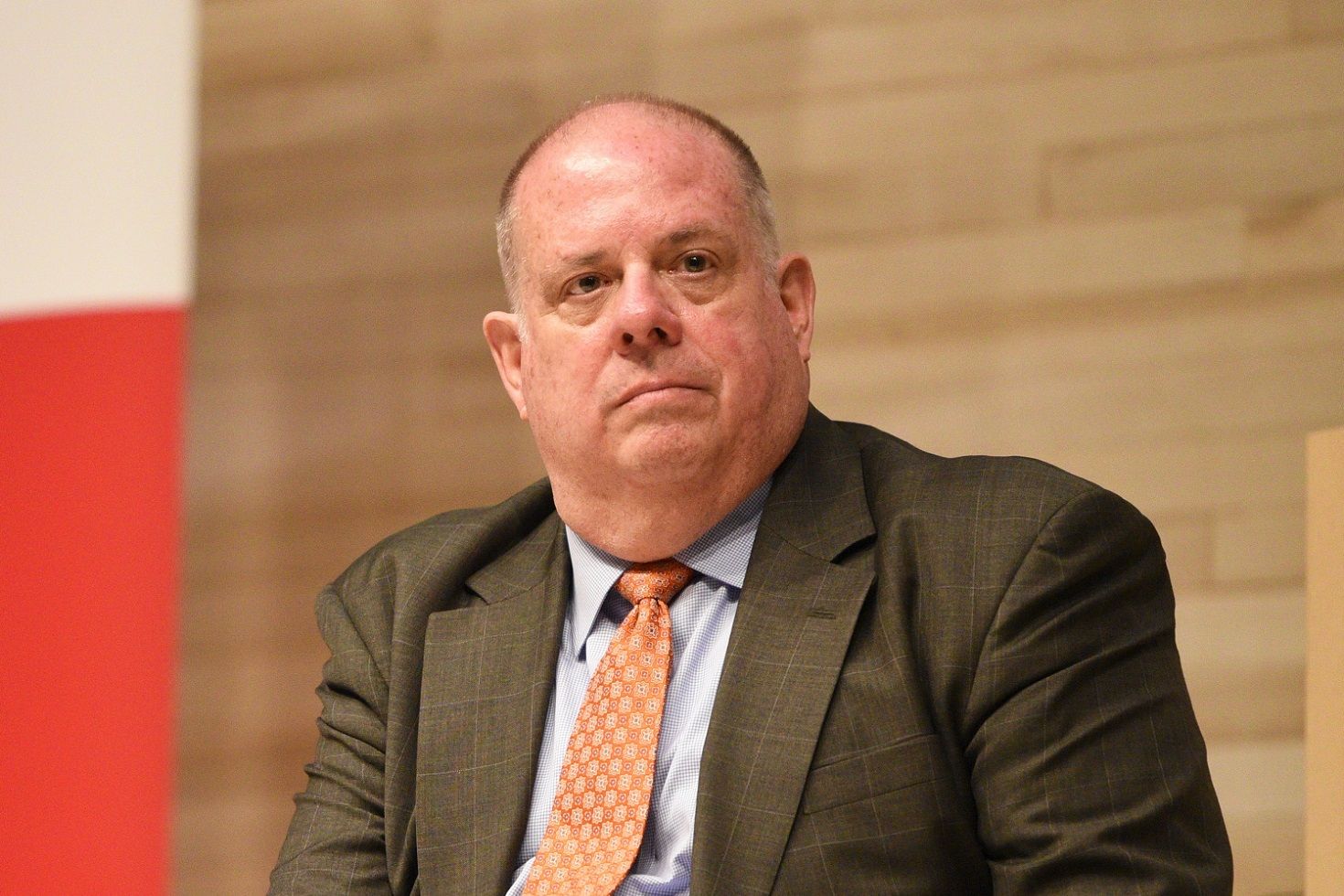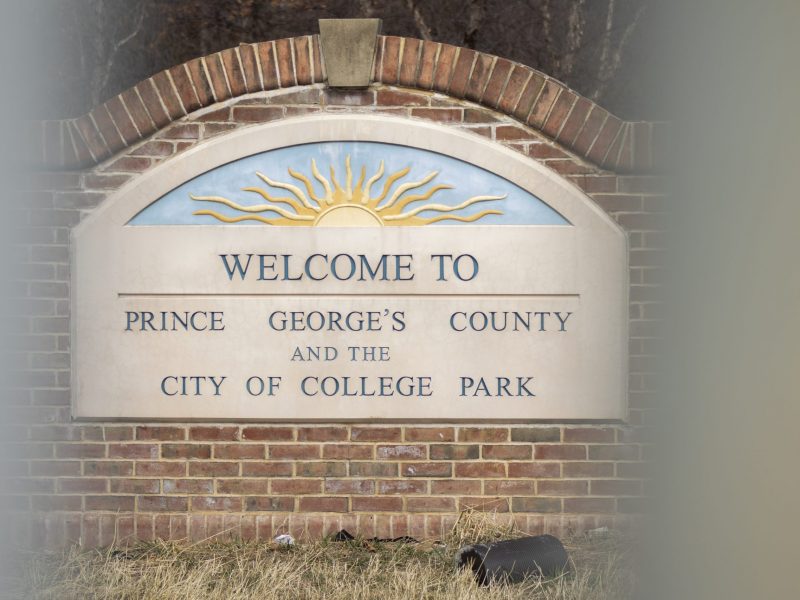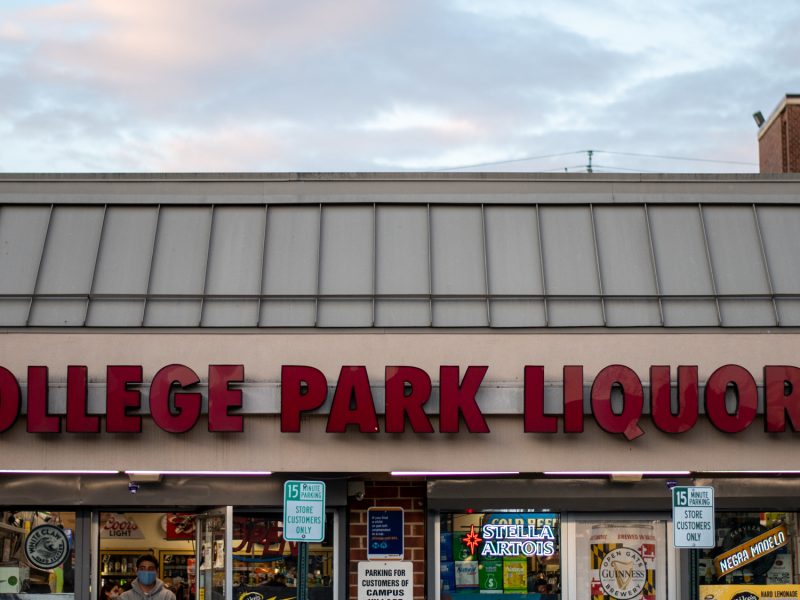Gov. Larry Hogan lauded the bipartisanship achievements of his first term at the annual State of the State address Wednesday, announcing that Maryland has “never been stronger” while also touting his tax credits for college students with debt.
Hogan, who easily defeated Democratic challenger Ben Jealous to become the first Republican governor since 1954 to win re-election, celebrated the work he and the Democrat-controlled General Assembly achieved during his first four years as governor.
“We didn’t demand Republican solutions or Democratic solutions. We sought out bipartisan, common sense solutions that worked for the people of Maryland,” he said. “We did our very best to put the people’s priorities ahead of the current national obsessions with partisanship.”
The governor said the two parties are “working together to tackle common problems,” while also taking jabs at Washington for its failed negotiations that resulted in a 35-day government shutdown.
He also announced to the General Assembly at the Maryland State House that he’s given “tax cuts for the college graduates who worked hard to earn their degree, only to face the harsh reality of crippling student loan debt.”
Hogan announced this month that the Maryland Higher Education Commission would give $9 million in tax credit relief to more than 9,000 students in the state, and the governor has introduced the Student Debt Relief Act of 2019 to further relieve graduates from crippling debt.
[Read more: At State of the Campus, UMD President Loh criticizes Regents, touts campus improvements]
The act would expand the Community College Promise Scholarship Program, which is scheduled to go into effect this fall, to include four-year schools and will allow students to deduct 100% of their student loan interest from their state income tax.
Nationally, student loan debt has soared into trillions of dollars, according to a press release by the governor’s office. In this state, University of Maryland economics lecturer Cindy Clement said the average college graduate faces more than $20,000 in loan debt.
Hogan’s budget proposal also capped annual tuition growth at 2 percent.
The governor encouraged legislators to pass the 2020 fiscal year budget, which he submitted this month, in their current session. Hogan said he placed $1.3 billion into savings and provided record funding toward education, placing “more than half” of the annual budget into the pockets of K-12 schools.
Hogan shoveled $6.9 billion toward education in the budget, beyond what he said were recommended spending parameters.
[Read more: Maryland Gov. Hogan’s budget proposal has raises for state employees, extra funds for USM]
Education has been a priority among both branches of government, state Sen. Nancy King (D-Montgomery County) said on Maryland Public Television that she was happy with the governor’s proposal.
“Of course, I always want to see education funded fully,” she said. “He’s been a pretty good supporter of that, and I have to give him credit.”
Maryland House of Delegates Majority Leader Kathleen Dumais delivered the counter-speech for the General Assembly, thanking Hogan for submitting a budget that funds their priorities, but then announcing that they would have to cut tens of millions of dollars to balance the budget.
“The governor left a deficit,” she said.
Dumais said the General Assembly would focus on curbing prescription drug costs, raising the minimum wage to $15 an hour, and lining public education with the guidelines of the Kirwan Commission, which aims to make the state’s public schools more competitive.
“While the governor has said the recommendations are too expensive,” she said, “we can not afford to overlook a generation of public school students who are the future of Maryland.”
CORRECTION: Due to a reporting error, a previous version of this story misidentified Cindy Clement as an economics professor. She is a lecturer. This story has been updated.



